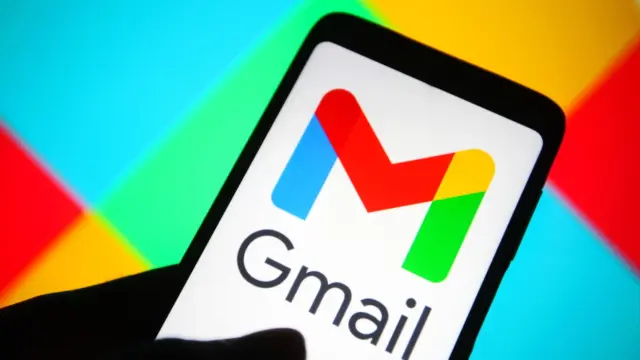
Concerns about security and privacy are swirling, with some users questioning whether they should jump ship to a different email provider. This article dives deep into the issues, exploring the validity of these concerns, examining Gmail’s security measures, and ultimately explaining why, despite the noise, switching might not be the best move for most users.
Gmail, Google’s ubiquitous email service, has been a target of scrutiny regarding its handling of user data. While Gmail itself hasn’t experienced a single, catastrophic “attack” in the traditional sense of a data breach resulting in widespread leaks, the ongoing discussion revolves around the ways Google uses the data gleaned from our emails. This conversation has been amplified by broader concerns about data privacy in the digital age. It’s a “when” situation rather than a “when it happened” scenario, as the discussion has been ongoing for years and continues today. The “where” is, of course, the digital realm, and the “why” boils down to the complex relationship between free services, data collection, and user privacy. Who is involved? Everyone who uses Gmail, and by extension, Google itself.
Deciphering the Concerns: What’s the Real Issue?
The primary concern isn’t about hackers breaking into your Gmail and stealing your emails. Google’s security infrastructure is robust, and they invest heavily in protecting user data. The real issue lies in Google’s business model. Gmail is “free,” but like many free services, the cost is your data. Google scans the content of emails (though they claim it’s automated and not read by humans) to personalize ads and provide targeted services. This practice, while disclosed in their terms of service, makes some users uncomfortable.
- Data Mining for Ads: This is the core issue. Google uses email content to understand user interests and deliver relevant advertisements.
- Privacy Concerns: The idea of a company, even with automated systems, scanning your personal communications raises legitimate privacy questions.
- Algorithmic Bias: While Google claims the process is automated, algorithms can still perpetuate biases, potentially leading to skewed ad targeting or even impacting other Google services.
Gmail’s Defenses: More Than Meets the Eye
Despite these concerns, Gmail boasts significant security features:
- Encryption: Gmail encrypts your emails both in transit (when they’re sent and received) and at rest (when they’re stored on Google’s servers).
- Two-Factor Authentication (2FA): This crucial security measure adds an extra layer of protection, requiring a code from your phone in addition to your password. If you’re not using 2FA, you should start immediately.
- Phishing Protection: Gmail actively blocks phishing attempts, warning users about suspicious emails designed to steal passwords.
- Account Activity Monitoring: Gmail alerts you to unusual login attempts or suspicious activity on your account.
The Alternatives: Are They Really Better?
Switching to another email provider might seem like a solution, but it’s essential to consider the trade-offs:
- Other Providers Also Collect Data: Most “free” email services operate on a similar model. They collect and use user data, though the specifics might differ.
- Paid Email Services: These offer more privacy, but come with a monthly or annual fee. Are you willing to pay for email privacy?
- Feature Parity: Gmail has a rich set of features, including generous storage, powerful spam filtering, and seamless integration with other Google services. Switching means potentially losing these benefits.
I’ve experimented with other email providers, both free and paid. While some offer enhanced privacy features, I often found myself missing Gmail’s robust spam filtering and the convenience of its integration with Google Drive and other apps.
The Verdict: Stick With Gmail (For Now)
While the concerns about Gmail and data privacy are valid, switching to another provider isn’t necessarily a silver bullet. Most free services operate on a similar model, and paid services come with a cost. Gmail’s robust security features, coupled with the user’s responsibility to enable 2FA and be mindful of phishing attempts, provide a reasonable level of security.
The best approach is to be informed and proactive:
- Understand Google’s Privacy Policy: Read the fine print to understand how your data is used.
- Use 2FA: This is non-negotiable.
- Be Mindful of Phishing: Don’t click on suspicious links or open emails from unknown senders.
- Review App Permissions: Regularly check which apps have access to your Gmail account and revoke any unnecessary permissions.
The conversation about data privacy is ongoing. As users, we need to be informed, demand transparency, and make informed choices about the services we use. For now, Gmail remains a powerful and feature-rich email platform, but it’s crucial to use it with awareness and caution.


















